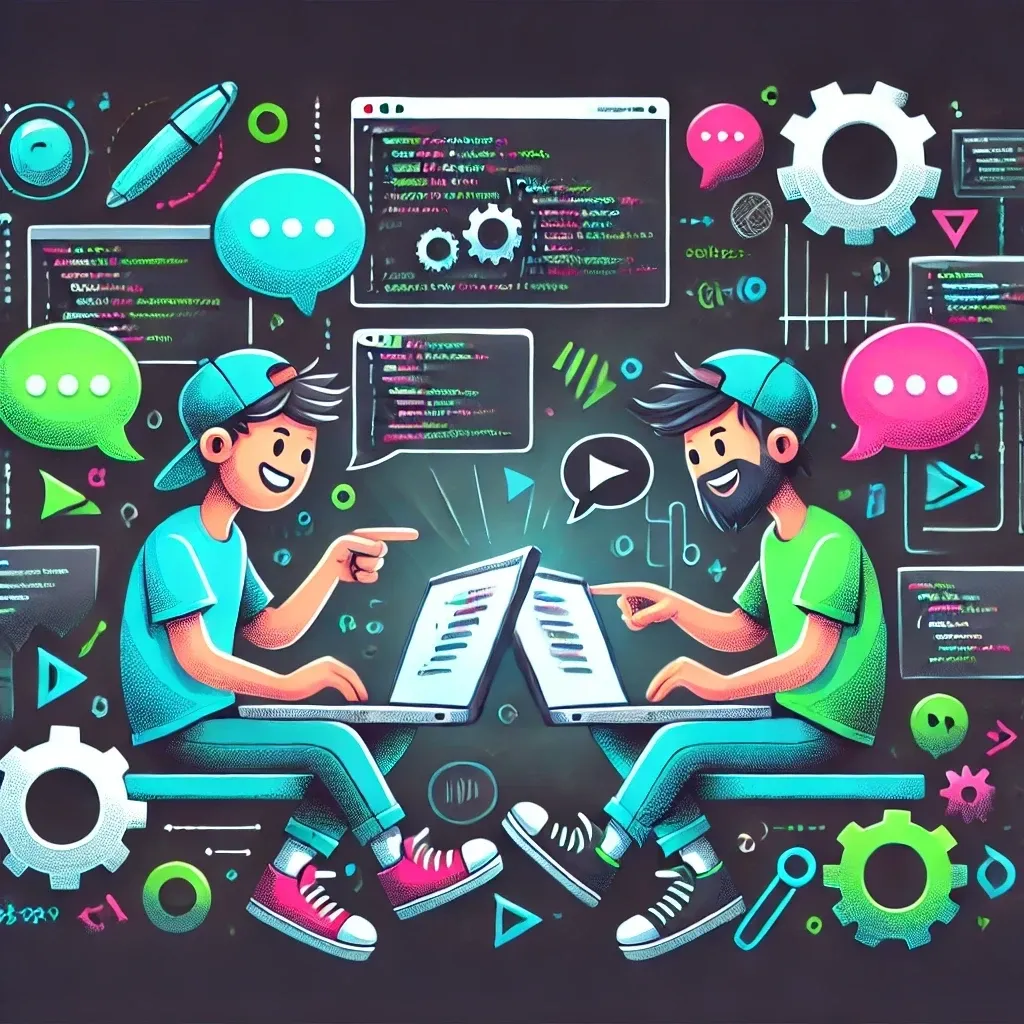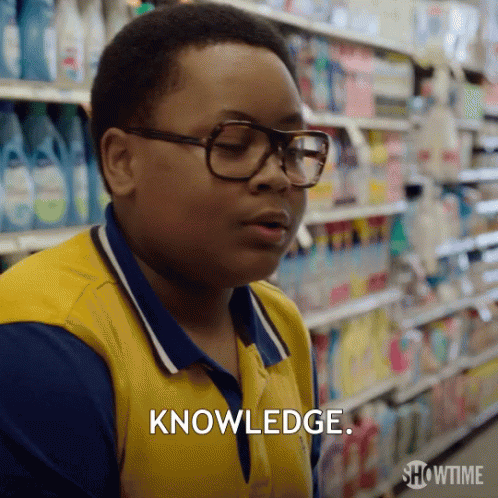Effective Communication During Pair Programming
How to communicate during pair programming to make everyones live easier.

Pair programming can be amazing—or it can be an awkward mess where one person does all the work while the other stares blankly at their screen. The difference? Communication. Without it, you’re just two people sitting in front of a computer, wondering why you agreed to do this in the first place. But with effective communication, pair programming turns into a powerful collaboration tool that helps solve complex problems, share knowledge, and write better code. Let’s dive into how to communicate effectively during pair programming (and avoid awkward silences).
Why Communication Matters in Pair Programming
Keeps Both Partners Engaged
The whole point of pair programming is to have both people actively involved. If one person is silently typing while the other checks their email, you’re missing the point—and the benefits. Clear communication ensures both partners stay engaged and contribute to the solution. Active listening plays a key role here—both partners need to be tuned in to what’s happening, not just going through the motions.
Facilitates Knowledge Sharing
Pair programming isn’t just about solving today’s problem—it’s about sharing knowledge along the way. Maybe one partner is more experienced, or maybe you’re both exploring something new. Either way, good communication ensures effective teaching and learning. Explaining your thought process, asking questions, and offering tips make the session valuable for everyone involved. Effective communication isn’t just a bonus here—it’s the whole point.
Prevents Misunderstandings
Miscommunication during pair programming can turn a quick fix into hours of backtracking. If you’re not clear about what you’re doing or why, your partner is left guessing—and that’s a recipe for mistakes. Communicating openly and frequently keeps both people on the same page and prevents misunderstandings. Clear communication is the key to avoiding, “Wait, why did we just spend two hours debugging this?”

Tips for Effective Communication During Pair Programming
Talk Through Your Thought Process
When you’re the driver (the one typing), don’t just type in silence—talk through what you’re doing. Explain why you’re choosing a particular approach, what you’re trying to achieve, and any potential issues you see. You don’t need to narrate every keystroke (please don’t), but sharing your reasoning keeps your partner in the loop and invites input.
Ask Questions and Give Feedback
If you’re the navigator (not typing), your job isn’t to just sit there and vibe. Ask questions if something doesn’t make sense, and give feedback if you spot an issue. Your input is just as valuable as the driver’s. Communicating feedback constructively ensures that both partners stay engaged—and keeps the session productive.
Switch Roles Regularly
To keep both partners engaged, switch roles regularly. This prevents one person from dominating the session and ensures both people get hands-on experience. Whether you swap every 30 minutes or after each completed task, role-switching keeps things balanced and fun. It also stops the navigator from falling into “silent observer” mode.
Be Patient and Supportive
Pair programming isn’t always easy—especially if one partner is less experienced. Be patient, offer guidance, and resist the urge to take over if your partner is struggling. Remember, the goal is to solve the problem together. Using empathy in communication helps you support your partner without making them feel like they’re in over their head.
Take Breaks When Needed
Pair programming is mentally taxing, especially when you’re wrestling with a tricky problem. If things start feeling heavy, take a short break. A quick reset can do wonders for your focus. Just make sure to communicate when you need a break—going radio silent in the middle of a session is not the way to do it.
Conclusion
Effective communication is the secret ingredient that makes pair programming work. Talk through your thought process, ask questions, switch roles often, and be patient with each other. When both partners are actively communicating, pair programming becomes more than just writing code—it’s a chance to learn, share knowledge, and grow together as developers. So, the next time you find yourself in a pair programming session, ditch the awkward silence, start talking, and watch the magic happen.




